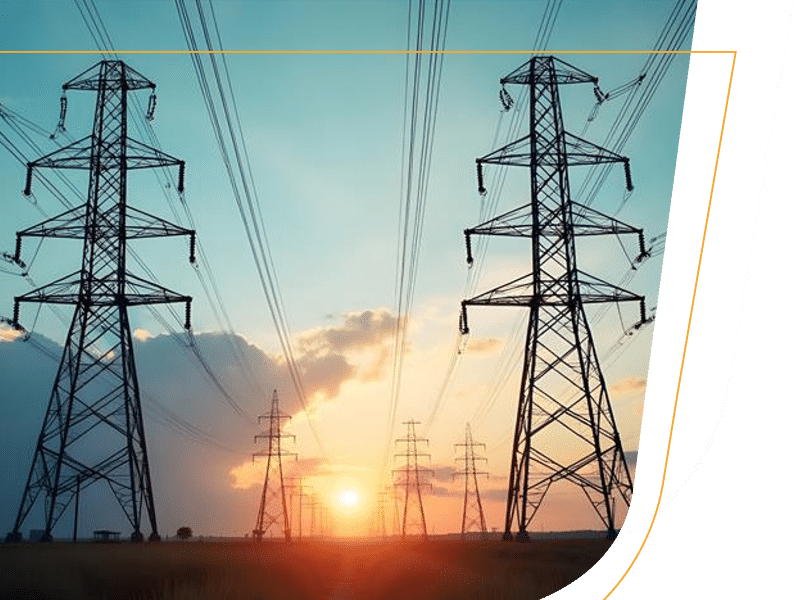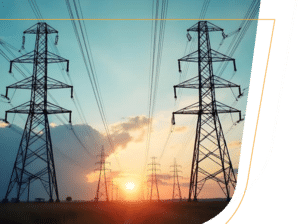

BLOG
Can the World's Energy Infrastructure Keep Up with the AI Revolution?
Artificial intelligence is revolutionizing our world: redefining how we work, live, and solve problems. But behind the progress lies a growing cost: massive and accelerating energy consumption.
By 2030 – just five years away – AI-related data centers are projected to consume 10% of the world’s total electricity. That’s a staggering figure with far-reaching implications.
This timeline demands urgent attention from energy, infrastructure, and technology leaders. Efficiency breakthroughs, like those from DeepSeek, which outperform traditional platforms at processing large language models, are promising. But speed and scale bring their own burdens. It’s a self-reinforcing loop: as AI tools grow faster and more capable, our reliance increases, and so does the demand for energy-hungry computing.
This isn’t just a technology problem; it’s a systemic one. Today, AI tools are rapidly integrating into nearly every aspect of daily life, from streamlining business operations to enhancing healthcare diagnostics to powering personal digital assistants. But the infrastructure supporting this intelligence isn’t keeping pace.
Even with ongoing breakthroughs in model optimization, there simply isn’t enough capacity in our existing power grids or data infrastructure to meet AI’s explosive growth. The result? A widening gap between what AI can do and what our systems can support. Without immediate and strategic investment in energy and infrastructure, we risk bottlenecking innovation with outdated systems unprepared for the demands ahead.
At Crete United, we recognize the urgency and opportunity of this moment. Our expertise in energy-efficient mechanical, electrical, and plumbing (MEP) systems, alongside our national energy services capabilities, enable us to support organizations in making smarter, more sustainable choices. By optimizing buildings and managing energy use more effectively, we help lay the foundation for resilient infrastructure that can adapt to tomorrow’s challenges.
This moment is critical. As we accelerate into an AI-driven future, we must do so with intention, investing in smarter infrastructure, collaborating across disciplines, and scaling with sustainability at the core.
The pace of progress is accelerating. Now is the time to invest in systems that are not only built for today, but ready for what comes next.